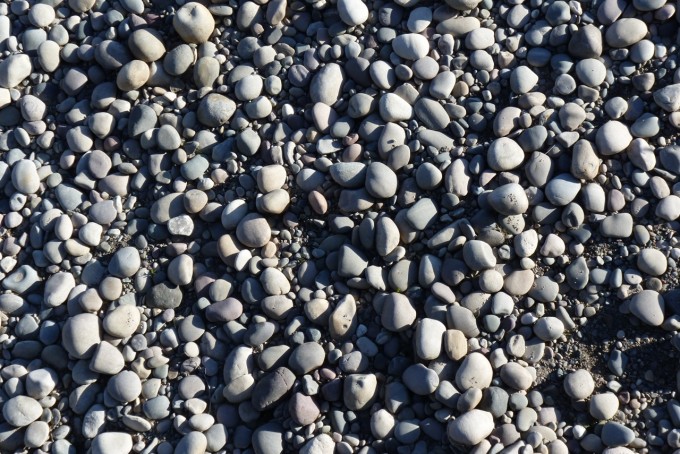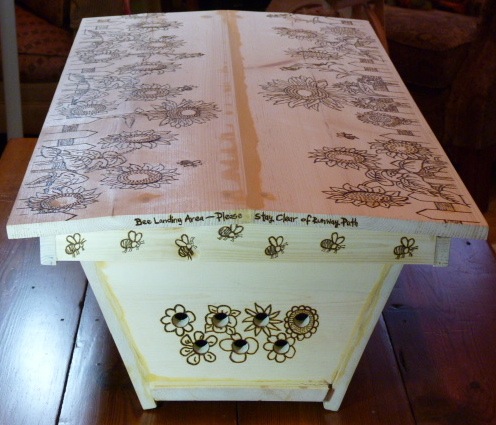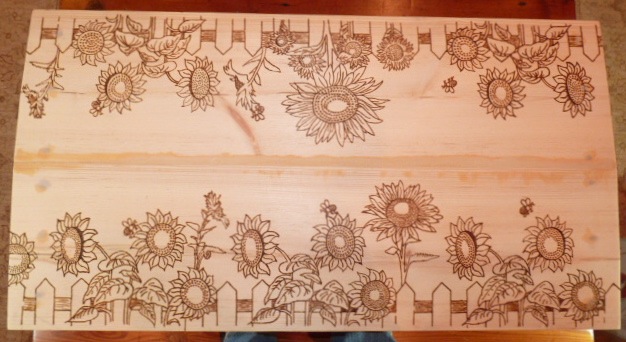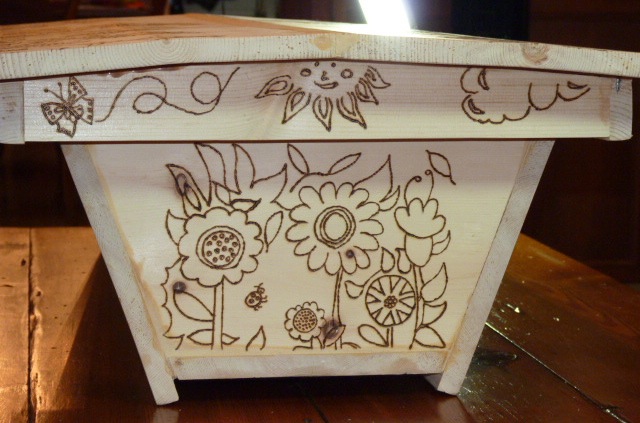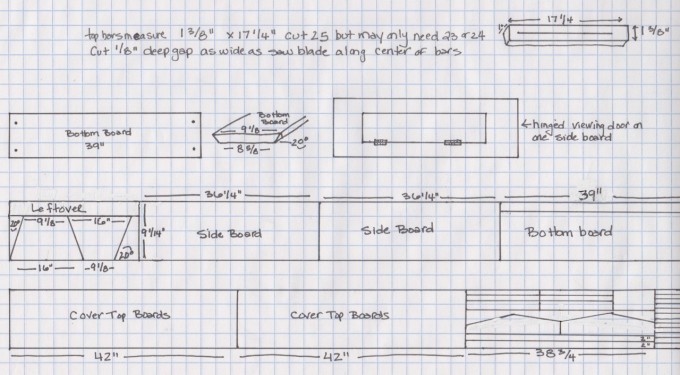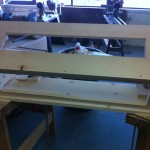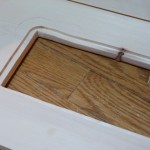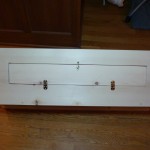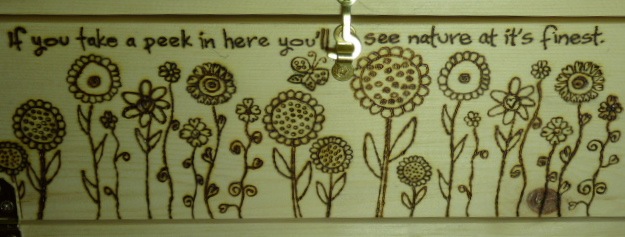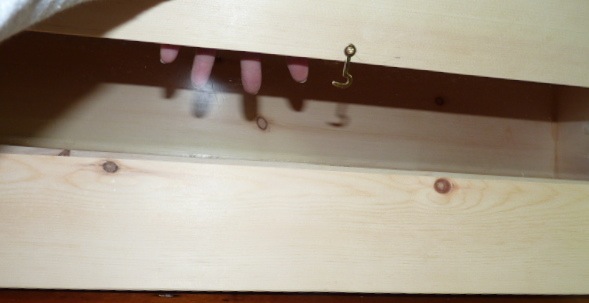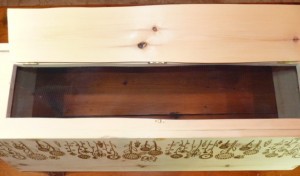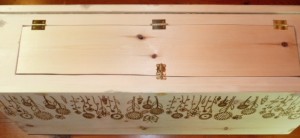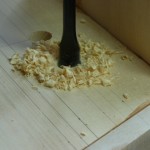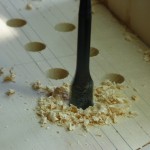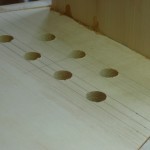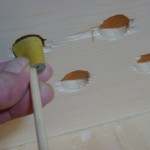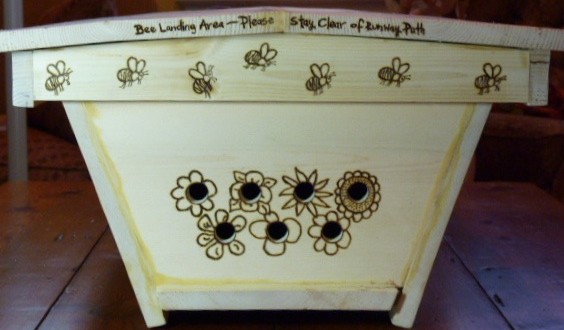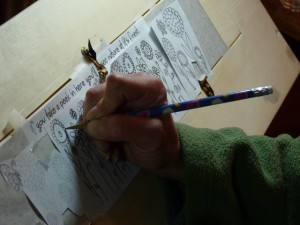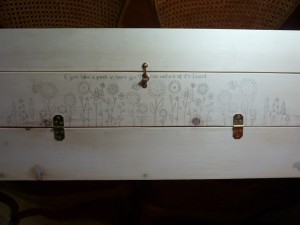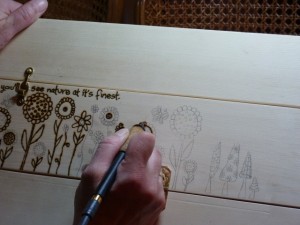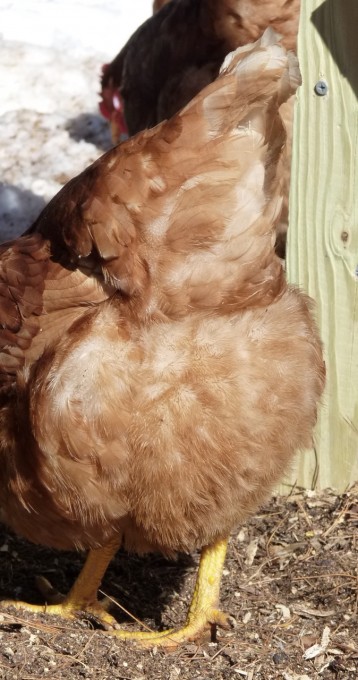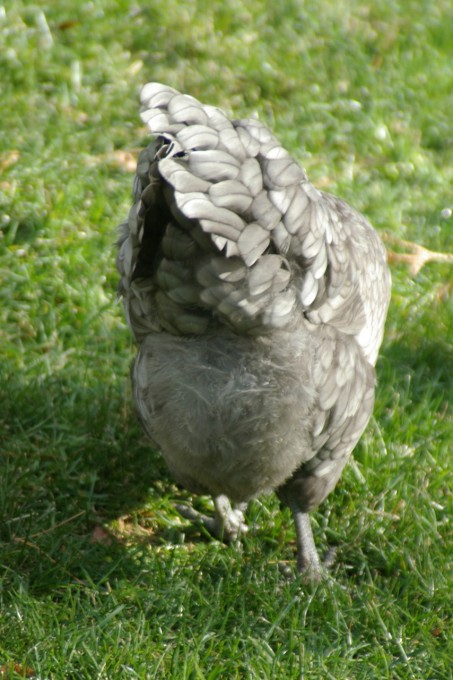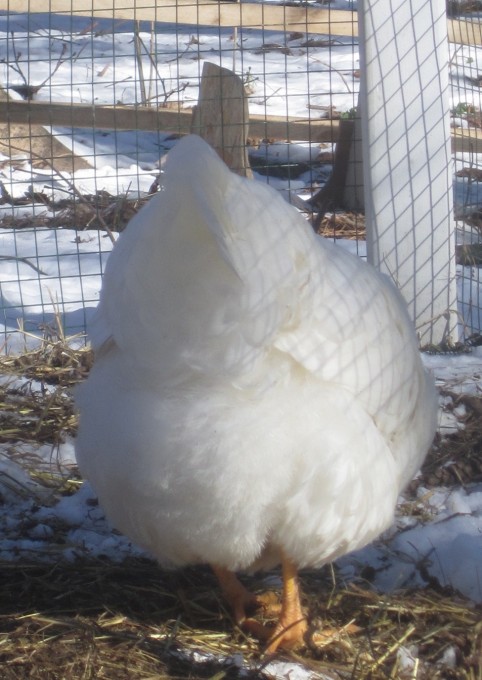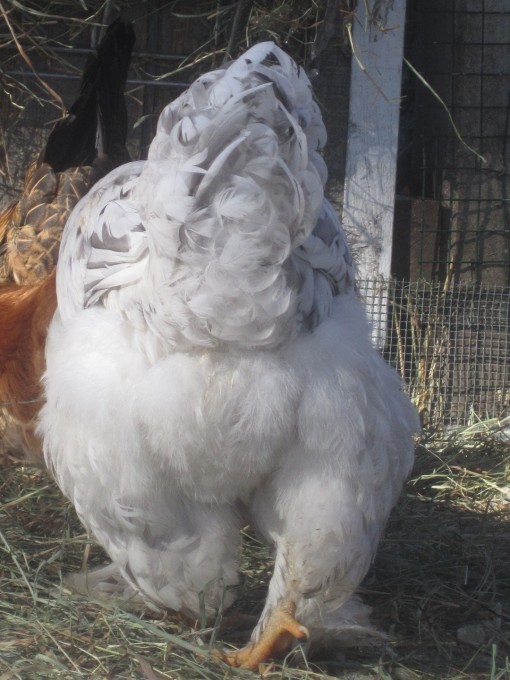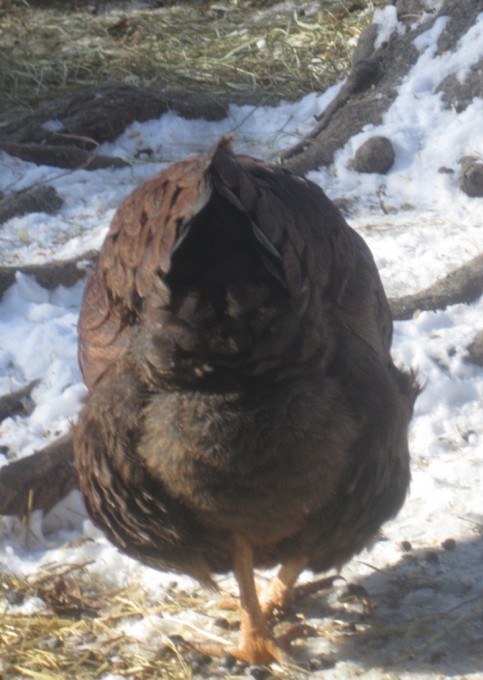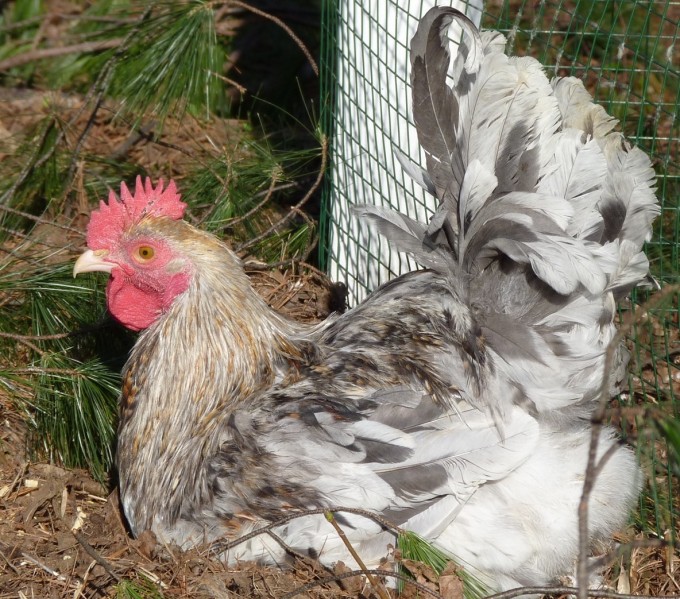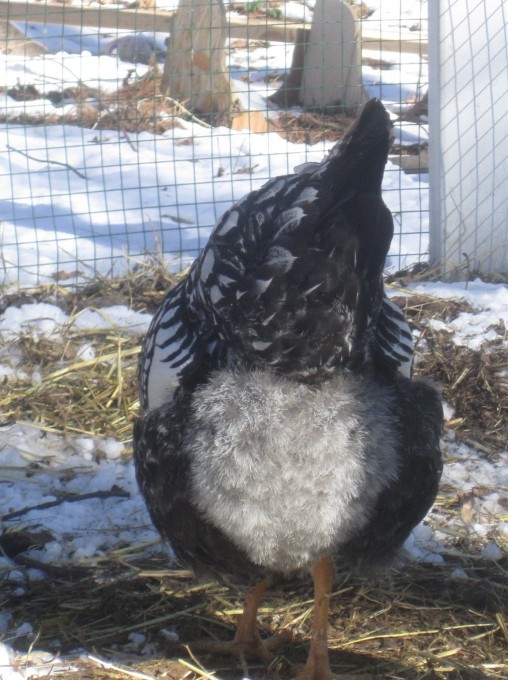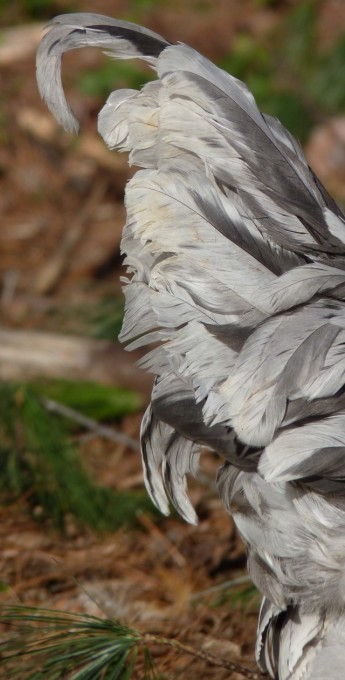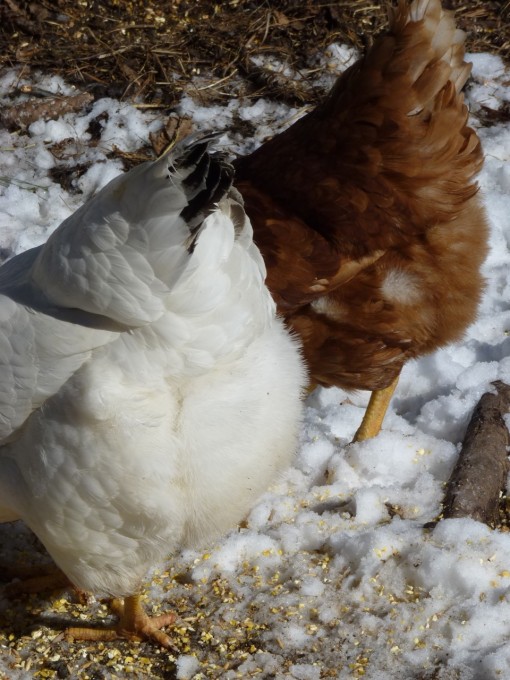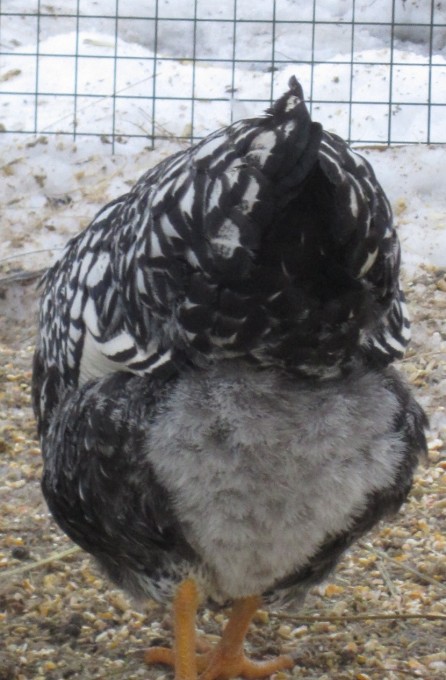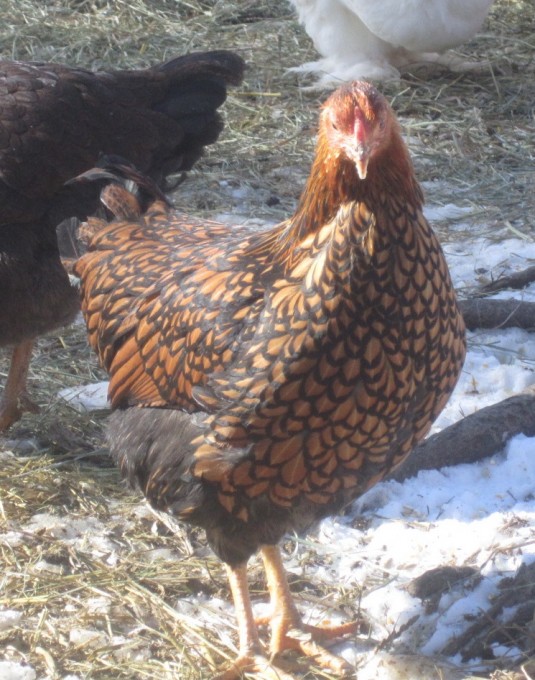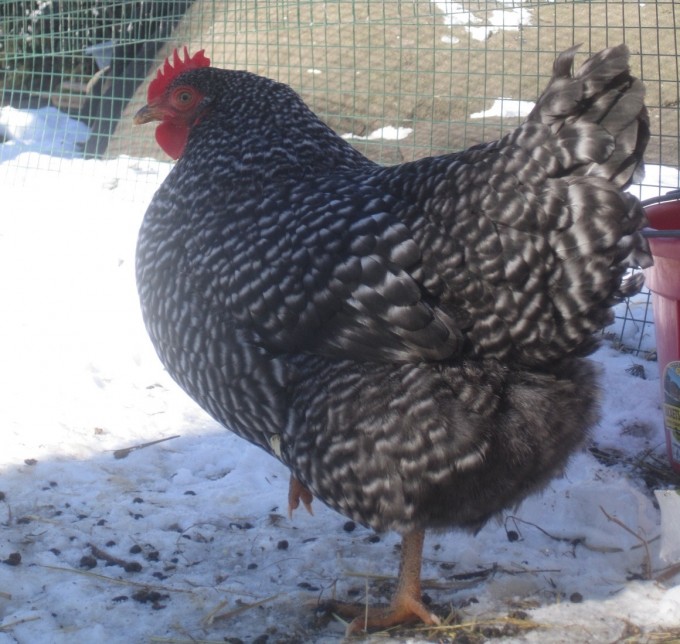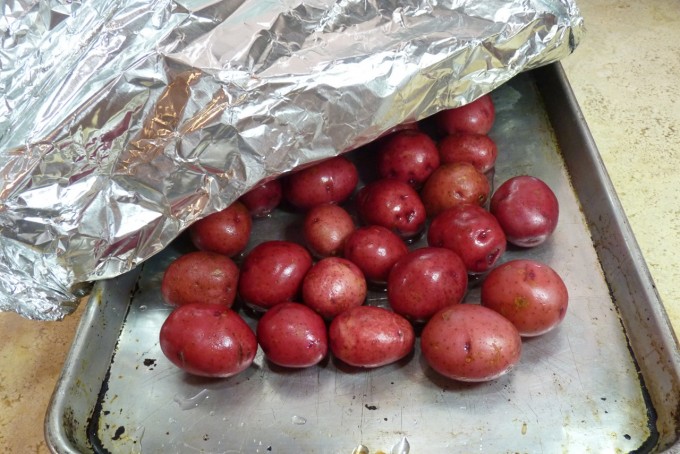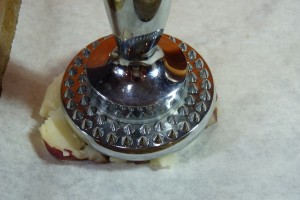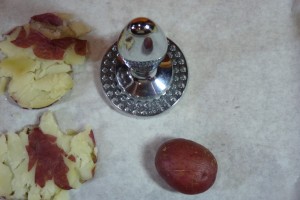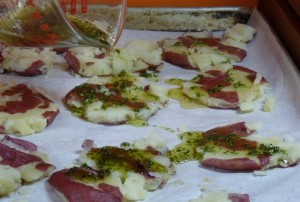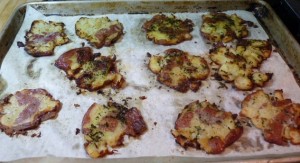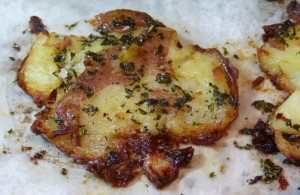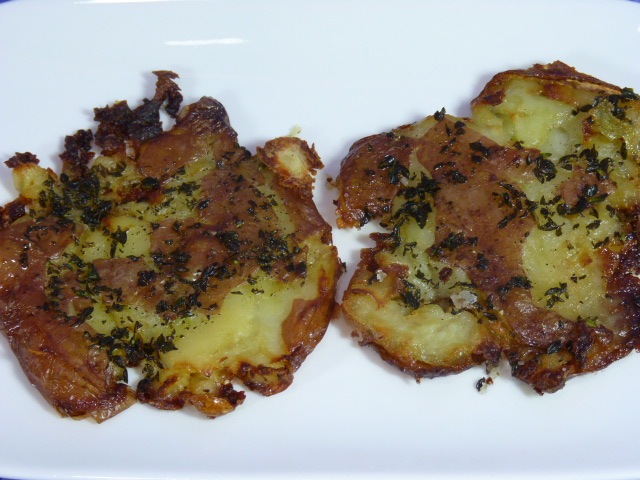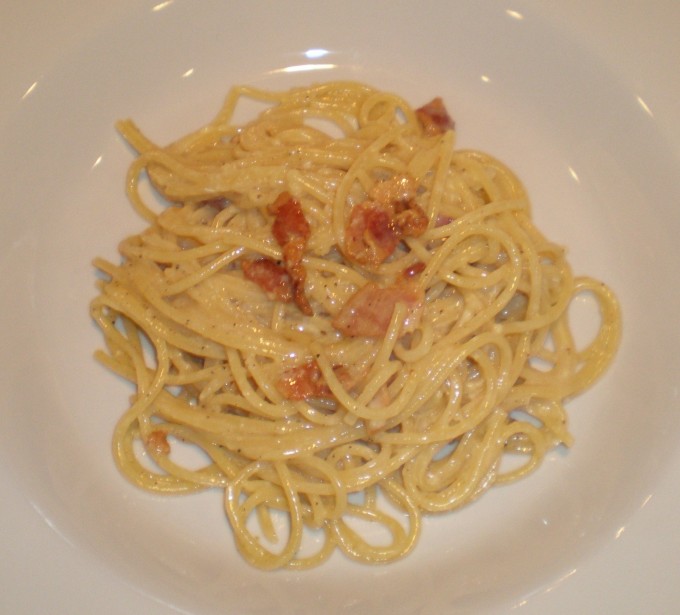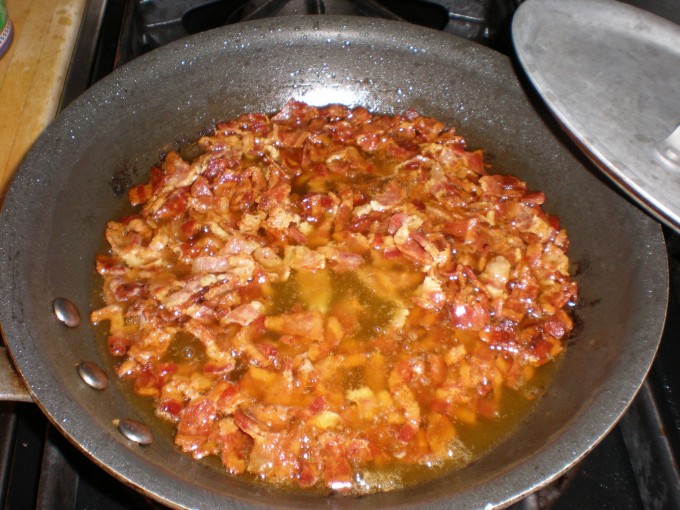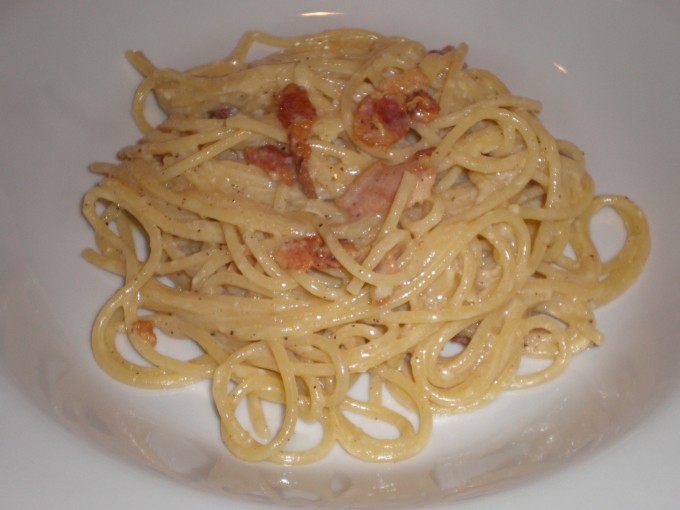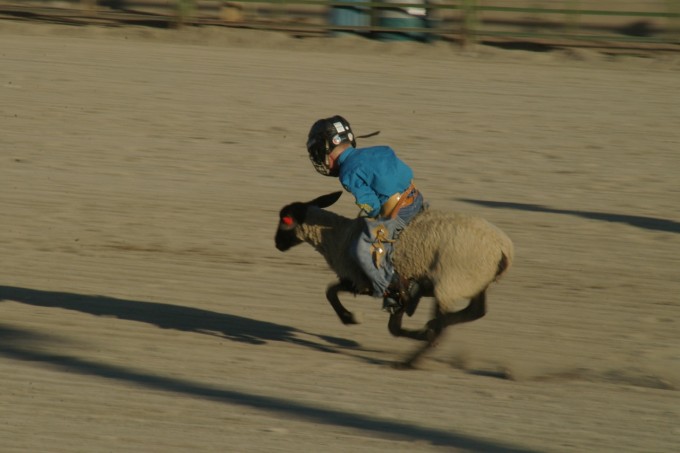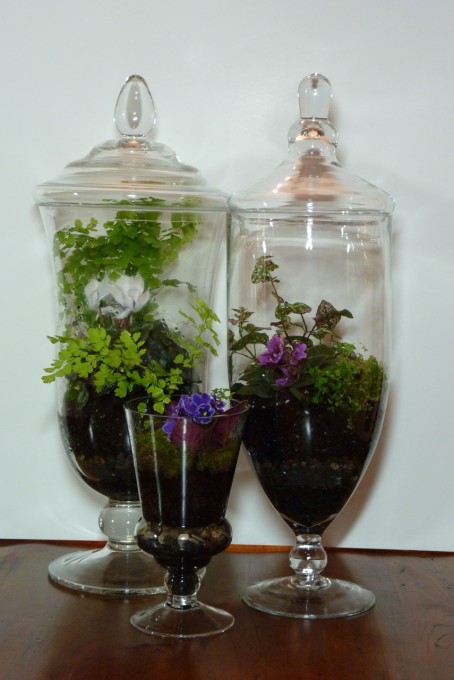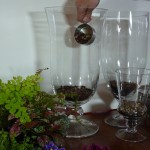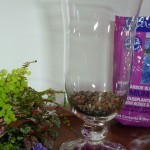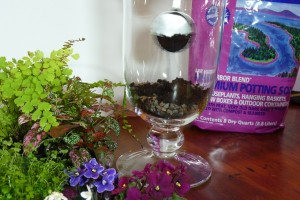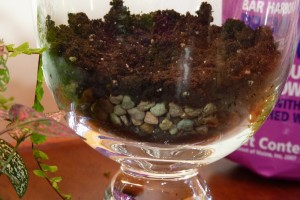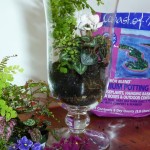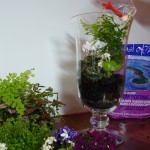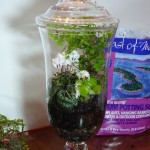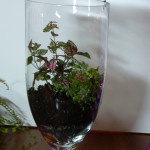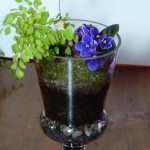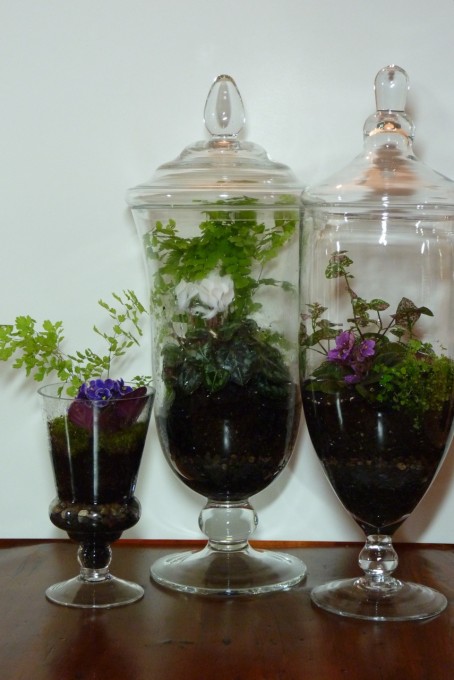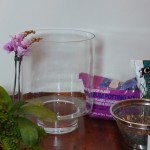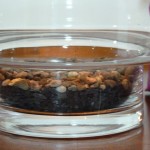Twenty one years ago today I gave birth to Amanda.
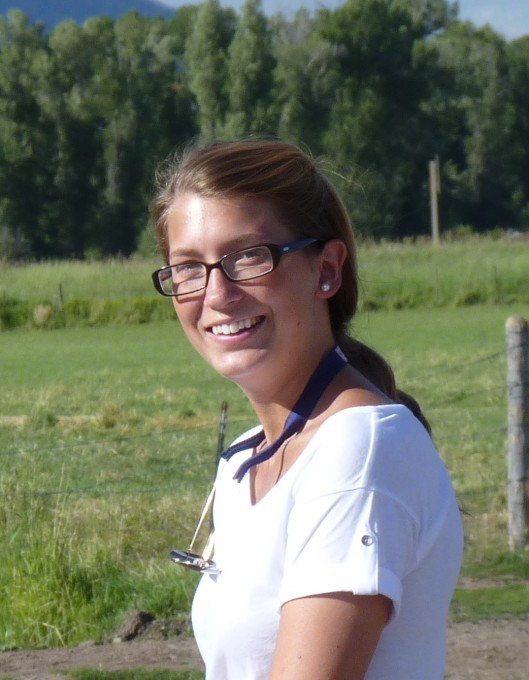
When I did a post on “My 10 Favorite Things” a few months ago I knew that she would notice that she was not on that list. She of course brought it up the first visit home from school after that post. I knew when I was writing that post that Amanda required her own list.
I was 27 years old and Mike and I had been married about a year and a half when she was born.
Just to end the curiosity, here’s our wedding photo.

My wedding day to Amanda's dad. My mom made that dress. Literally finished it the morning of the wedding.
After 40 hours of labor and less than 24 hours after delivery they sent me home with this beautiful little bundle of joy. I had absolutely no idea what to do with her. Unfortunately becoming a new mom doesn’t come with an instruction manual.
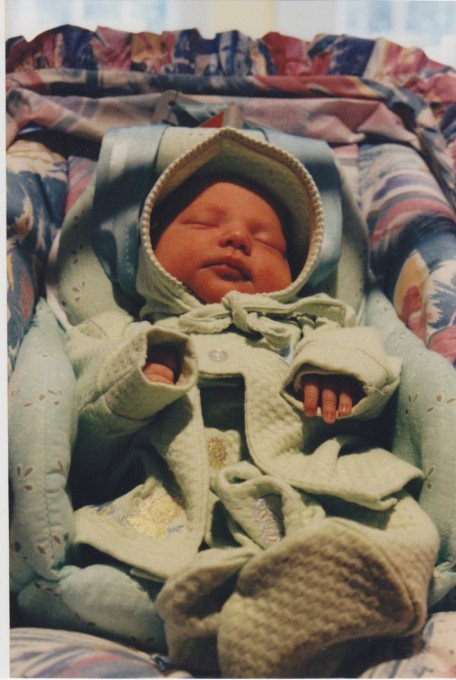
I’m deaf in one ear, so I sleep with ‘my good ear down’. It’s very quiet that way — like wearing those Bose headphones — but it’s not very good for allowing an exhausted new mom to hear her baby crying. Mike had to poke me awake when she started crying, and that first night I ended up sleeping on the floor of her bedroom since I was then so worried that I wouldn’t hear her when she needed me. She slept in a moses basket propped between two kitchen chairs next to my bed after that night for the next few weeks.
Mike literally went to work the day after I brought her home from the hospital and from then on it was trial by fire.
You can take all the lamaze classes or new parenting classes or read every book on the subject, but nothing really prepares you for the reality of being a new mom. I learned from my mistakes and she survived. I had my own parenting philosophies.




I nursed her exclusively and learned the hard way to introduce a bottle of formula early. I waited too long to do this and therefore she would not drink formula. Period. Ever. My nipples cracked and bled. I can now say however, after nursing four children on them, that my nipples are officially bulletproof. You could probably hang bowling balls from them and it wouldn’t hurt. I also nursed her way past what was appropriate or acceptable.
She was my life then when she was young. Mike and I barely had two nickels to rub together. He worked constantly (he was, and still is, in the film business and was working on the original “Law & Order”, which had just been put on the air). If I had some freelance job to do as a food stylist or doing some consulting on teaching people how to use their Mac’s, she came along. She came everywhere with me and did everything with me and was extremely attached to me; just ask anybody that had to watch her cry when we were separated. She cried like we’d cut her arm off.
I love all of my children desperately. And I love them all differently. I’m not saying that I love Amanda more than I love my other three children, but I have lived 8 more years with her than I’ve had with any of my other children. We also went through a lot together. We went through a divorce together. We went through a new marriage and transitioning to that new life together. We have always been extremely close.

This is Amanda when she was 8 and India was probably 9 months old on vacation in Italy
When I decided to divorce Mike I was so very fortunate to get a job as a graphic designer for a very small firm in Stamford. My terrific boss allowed me to come to work after Amanda got on the bus every day and I left in time to be there every afternoon when she got off the bus. I worked from home late into the night to compensate for this. When Amanda was sick or had a day off that I didn’t, he allowed me to bring her to work with me and she would quietly play in the corner drawing, or use an extra computer to do something on that.
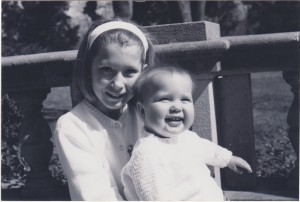
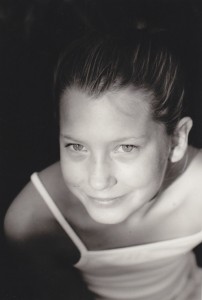
Being a parent is the hardest job you’ll ever have. We made it through the teenage years and we still love each other.You always try to improve on the mistakes you feel were made in your own childhood. Who knows if we succeed. Amanda has done a few things that have almost broken my heart with pain. But she’s done a lot more things that have almost burst my heart with pride.
So no, I didn’t mention Amanda in my Top Ten list because she deserved one of her own.
My Top 10 Favorite Things About Amanda
1. She still cries every time she leaves me to go back to school.
2. That she still would rather go on vacation with her mom for Spring Break than go away with her friends.
3. The way she smells me or pets me when we’re standing in line somewhere.
4. The way she looks in her glasses
5. How quirky she is and how she embraces that in herself
6. How hard she works in school and how well she does and what a great nurse she is going to be
7. How she visits her grandparents frequently when she’s home
7. How she sends me silly pictures of her cat
9. That she loves to go on long drives to take pictures with me and is always up for a road trip
10. How open and honestly we communicate. She’s one of my best friends.



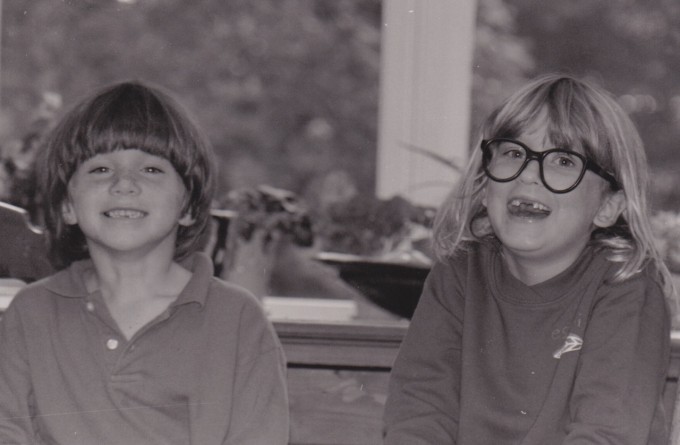
This is Amanda and her friend Shannon in probably 2nd grade. She wore these fake plastic glasses with no lenses for probably a year. Those kind that had a rubber nose attached to them? She tore off the nose and wore those glasses everywhere. Little did she know by 8 she'd be wearing real glasses for the rest of her life.
Happy birthday baby.
